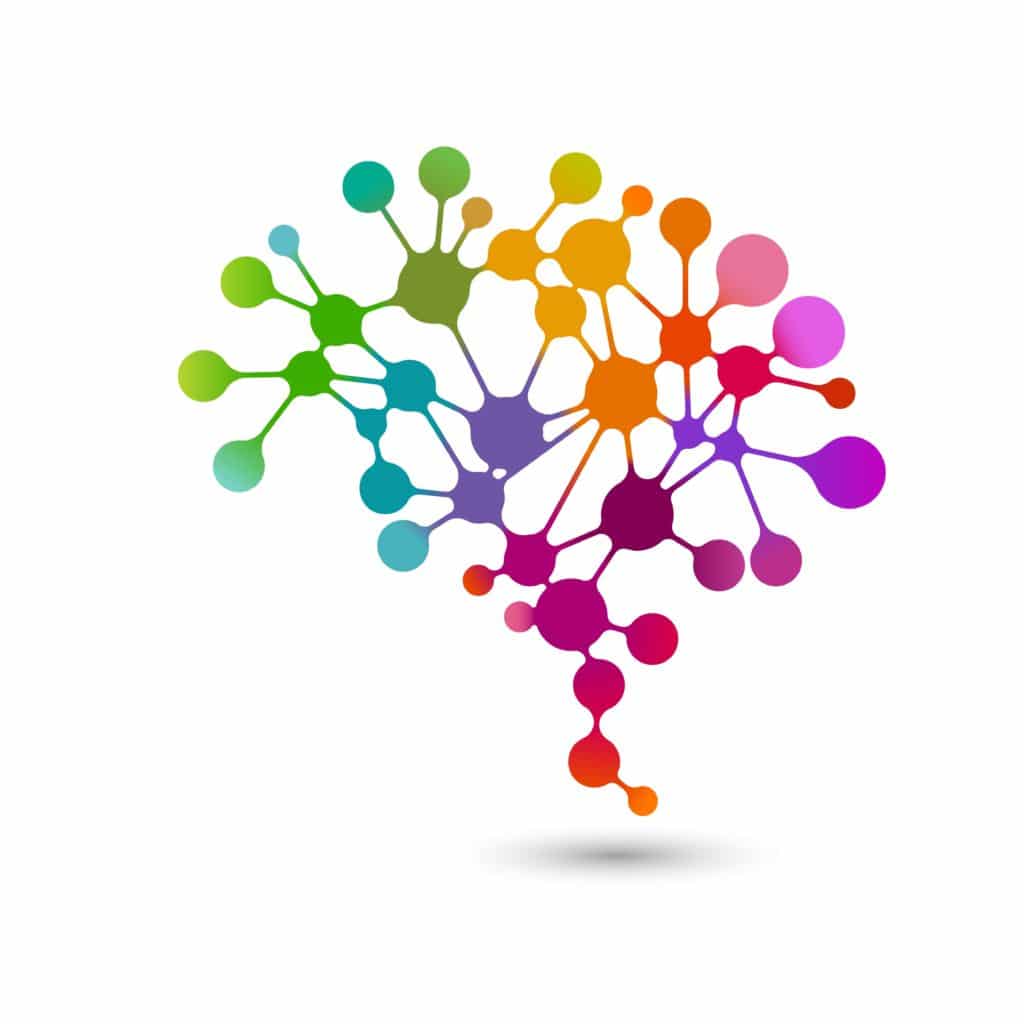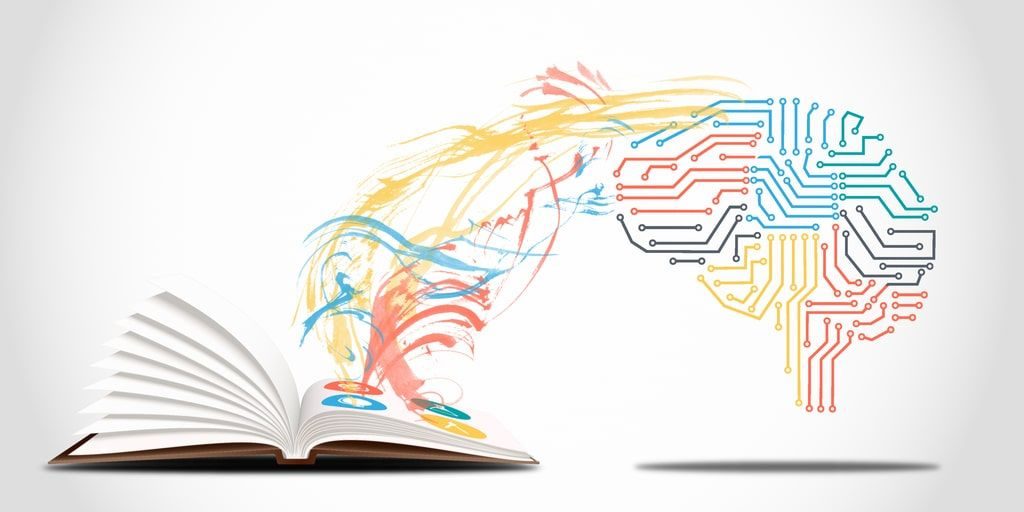Building Background Knowledge to Boost Achievement
February 17, 2018 July 25, 2019
How does background knowledge impact student learning and achievement?
If you are like many educators, you can read this passage fluently, yet still, struggle to comprehend what it means.

This, of course, is because many people have never played baseball, or followed it in any way (despite the fact that it is America’s game). So, how does this unpatriotic confession relate to student learning and achievement? Well, in Building Background Knowledge for Academic Achievement: Research on What Works in Schools (2004), Marzano says “…what students already know about the content is one of the strongest indicators of how well they will learn new information relative to the content.” Without prior knowledge, you may know the passage is describing a series of actions, but you may miss the important fact that it is a double play.

Prior knowledge is the myriad of information, knowledge, and experiences that students have previously learned and have stored in the many pathways of their brains. That knowledge influences how they learn new information. When students can link new knowledge to something they already know, the new information is easier to remember and comprehend. Prior knowledge can also act as an entry point for new instruction. It helps students to organize, understand, and store new information by creating connections between the new and old. After all, students do not come into the classroom with a blank slate. Their experiences and background impact everything they do. The goal then should always be to help students take advantage of those experiences and prior learning so that they become like little pieces of mental Velcro, tidbits of knowledge that helps new learning stick.
How, then, might teachers determine what students bring to a lesson or topic?
By assessing prior knowledge, teachers gain insight into students’ readiness for new information; determine gaps in learning or background knowledge, and decide on appropriate instructional strategies for new information. If students have some background knowledge about new content, then teachers help them to connect it to the new learning. If students have some gaps in learning or little or no background knowledge, teachers would then help students build their background so that they have a place to start in their thinking and a connection for new learning.
What strategies can teachers use to build background knowledge?
- Build background knowledge using pictures, videos, and simple texts such as picture books.
- Create graphic organizers, concept maps, or other visuals to help build background knowledge and vocabulary.
- Develop activities that are relevant to students’ lives and/or real-world experiences to help them understand new information.
- Use technology to build background knowledge by using webquests, virtual field trips, and current events articles that relate to important content.
- Teach new content vocabulary by using familiar examples, content, and other types of context such as students’ background knowledge and/or experiences.
- Use think alouds to model making connections between new information and students’ background knowledge and/or experiences.
- Teach students to think about their thinking as they process new information.
With these tips, you’ll find building background knowledge easier. Would you like even more strategies to help build background knowledge and activate student thinking? Check out our interactive online courses! Our team is standing by to answer your questions! Contact Us Today!
